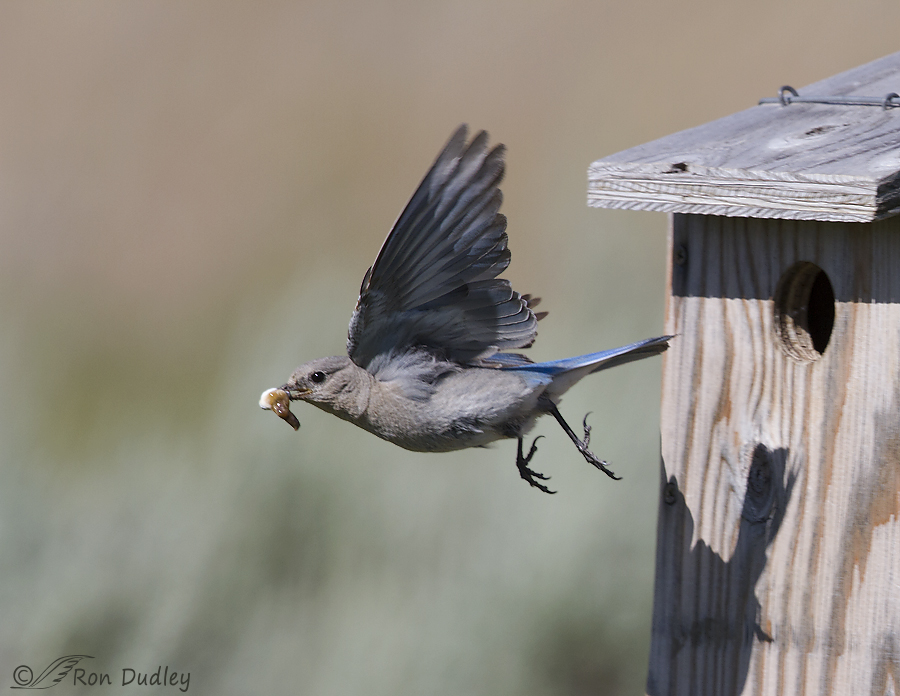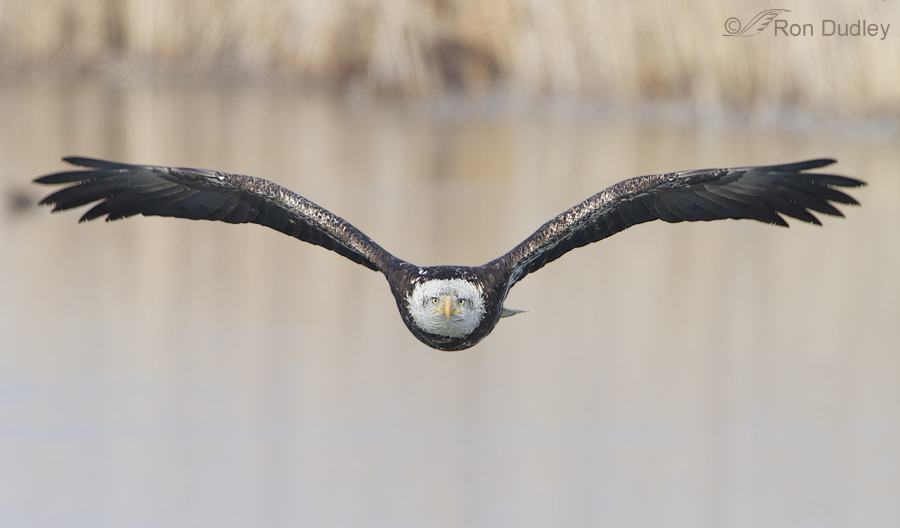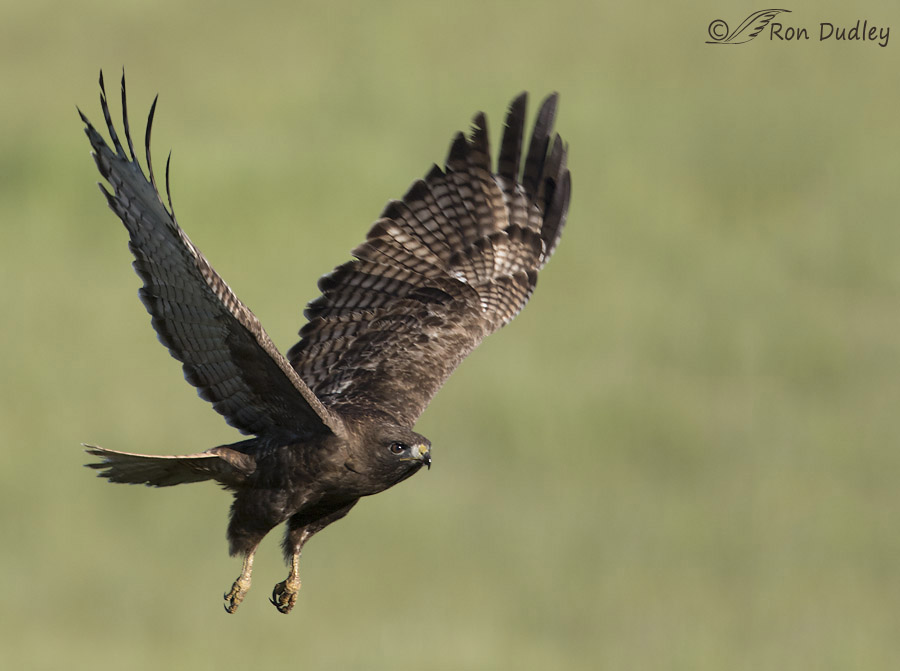Tag: adaptations for flight
Dark Morph Red-tailed Hawk In Flight
Female Mountain Bluebird Removing Fecal Sac From Nestbox

The nesting season of Mountain Bluebirds in Montana’s Centennial Valley was delayed this year due to a late spring cold snap so during my visit there last week some of them were still feeding youngsters in the nest boxes. I’ve found it to be relatively easy to photograph the parent birds on top of the nest boxes with insects for the chicks in their beaks but catching them in flight as they leave the nest with fecal sacs is another story altogether.
The Supracoracoideus – An Ingenious Adaptation For Flight

When I was teaching high school zoology I was fascinated by the many adaptations of birds for flight. Still am. One of them is a unique muscle arrangement that allows the return stroke of the wing while maintaining aerodynamic stability. I hope you’ll allow me a little change in direction with today’s post as I attempt to explain and illustrate one of the anatomical adaptations of birds for flight.


